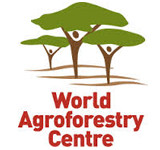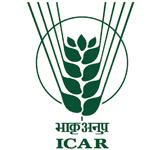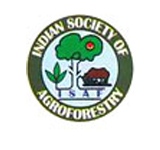
Vigyan Bhavan & Kempinski Ambience
10 - 14 February 2014
Delhi, India
blog
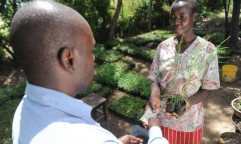
A great deal of the World Congress on Agroforestry, held in New Delhi, focused on business: How to link smallholders to markets? How to make agroforestry profitable? How to engage major corporations? How to guarantee social and environmental sustainability while making money? Some of...
READ MORE >
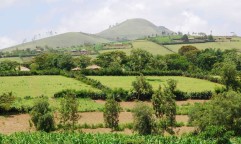
In order to realize implementation of a landscape approach, a dynamic combination and interaction of factors is involved. At a Landscape session during the World Congress on Agroforestry, discussions focused on key areas involving actual implementing case studies, need forsynergies between mitigation and adaptation...
READ MORE >
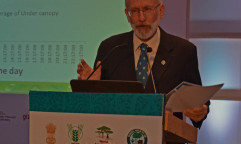
On the closing afternoon of the World Congress on Agroforestry 2014, participants from South Asia, East, West and Southern Africa came together to plan on how to dramatically scale up the use of trees in cropping and grazing lands of smallholder farmers across the...
READ MORE >
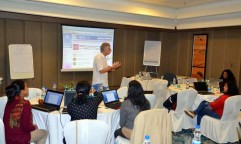
Someone once told me, we can do all the science we want, we can do all the agricultural research for development we want, unless if our findings get “out there”, the research is a useless spending of public funding. And “getting it out there”...
READ MORE >
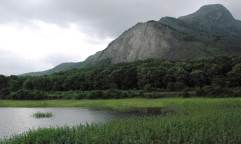
Coffee plantations are expanding fast at the cost of disrupting ecological systems. Coffee Agroforestry System (AFS) seem to have positive impact on environmental services; or do they? Kodagu, located in the Western Ghats in India, produces 2% of the world’s coffee. The Western Ghats...
READ MORE >
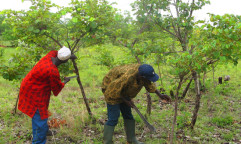
The agroforestry system known as Farmer Managed Natural Regeneration (FMNR) is spreading rapidly and widely, but can this be explained by good science? Science guides us on optimal species to promote, plant spacing, pruning methods, soil fertility impacts, moisture levels, annual crop yields and...
READ MORE >
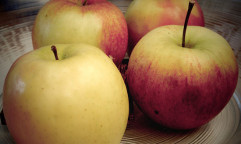
As Steve Jobs used to say, “People don’t know what they want until you show it to them.” Agroforestry has what people want and need, in both the developing and developed world. Trees that improve crop yields, reduce greenhouse gas emissions, provide nutritious fruits,...
READ MORE >
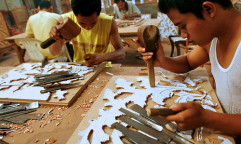
People in Europe buy furniture made from Indonesian timber. They want to know that the wood is harvested legally. New EU import rules will start soon. For farmers in Indonesia, it looks like more and more paperwork with no guarantee of new markets and...
READ MORE >
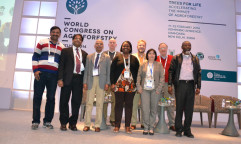
A team of nine individuals from different agroforestry-related organizations worldwide will spearhead the formation of an organization that will facilitate cooperation and knowledge-sharing in this area. The organization, the brainchild of the World Agroforestry Centre and the Indian Council of Agricultural Research, is expected...
READ MORE >
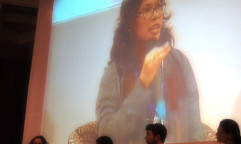
Development agencies and researchers have long assumed that rural women are victims. Not only of climate change but also nearly everything else. New research says these assumptions are without basis. According to Bimbika Basnett, a researcher with the Center for International Forestry Research (CIFOR),...
READ MORE >

Vigyan Bhavan & Kempinski Ambience
10 - 14 February 2014
Delhi, India
LATEST POSTS


